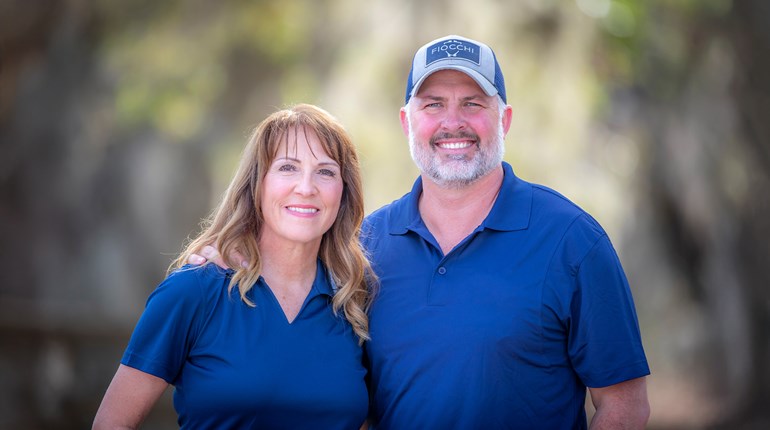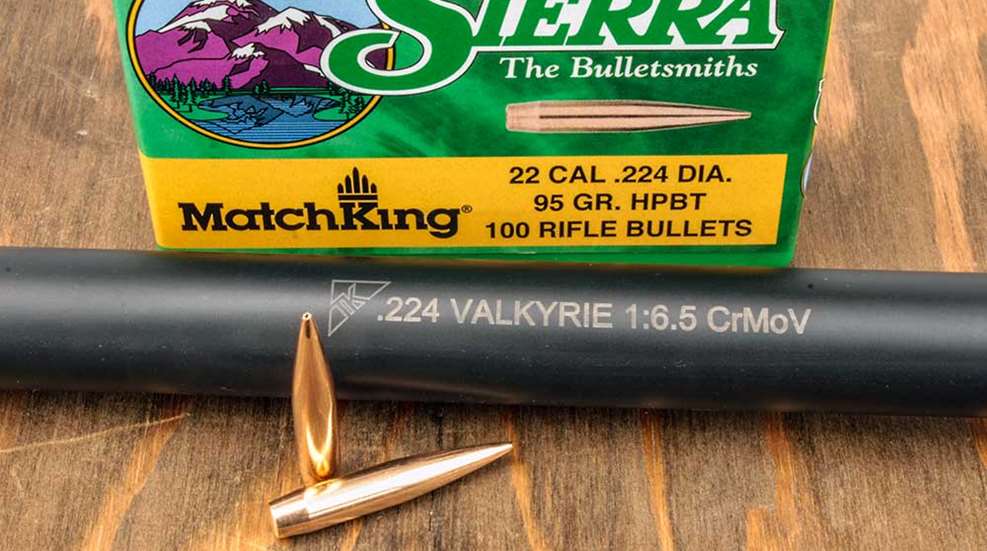
If you want to destroy a shooter’s sanity, simply insert the cartridge du jour into their life with the promise that it will outperform what they are currently are shooting. Those that have been following my work for the past few months (read Part I and Part II here) have probably already realized that I am referring to my struggle with reloading the 224 Valkyrie. Well, here is the next and potential final chapter in the saga.
My handloading journey began just like any other cartridge. I selected two bullets, two powders and some standard dies. Disregarding the firearm, I started my testing with an off-the-rack AR-15 upper and it failed miserably. It turned out that the barrel of this upper was cut with an improper chamber, which is a known issue among some of the early 224 Valkyrie barrels on the market. No handloads or even factory loads gave any sort of discernable accuracy. Round two brought us a new barrel from ER Shaw, and we started to see a little bit of accuracy, just not exactly sub-MOA with the heavier bullets that we were interested in using.
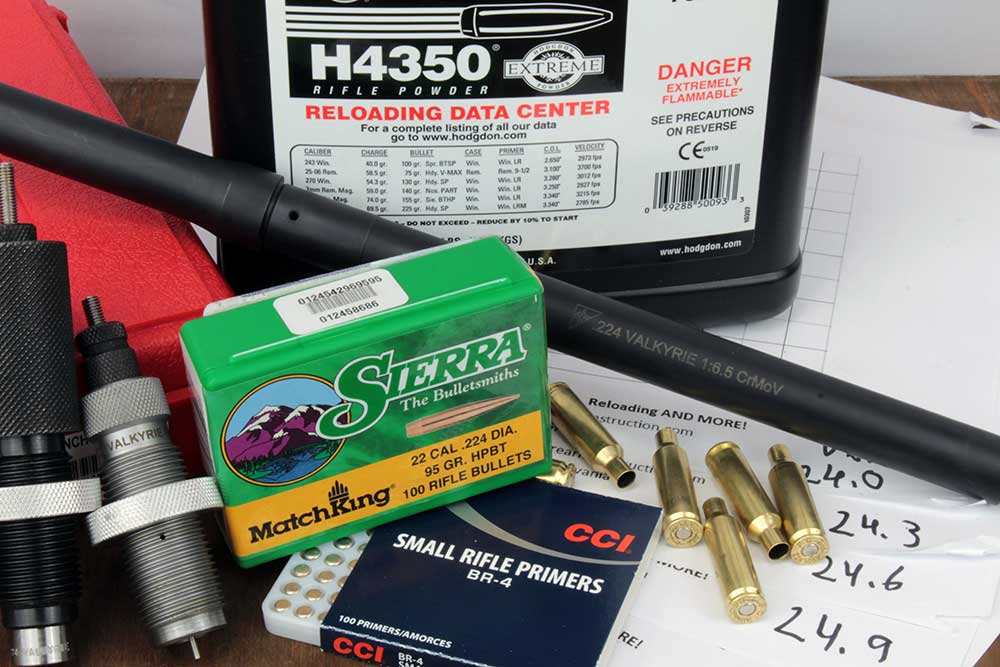
Fast-forward a few months and Tactical Kinetics entered the race with its 1:6.5-inch barrel. This barrel boasted a faster twist rate capable of stabilizing bullets that were heavier still. We rebarreled yet again and built some rounds with the now-available 95-grain Sierra MatchKing. Testing was relatively successful. However, we weren’t able to keep a 5-shot group inside of MOA. With this, we were satisfied with most of the equipment and components that were involved but still decided it was time to make just a few changes and give it one last shot before throwing in the towel.
During our last round of testing, we noticed a few hard chamberings and extractions, even on an unfired round. Upon inspection, we were able to observe that there were some markings on the datum line, indicating insufficient head space. We removed our barrel nut and torqued it down 10 foot-pounds lighter than its previous setting, and this issue disappeared. With that solved, we decided to change dies as well, just to play it safe. For our die swap, we decided to go big or go home, as this cartridge needed all the help it could get.
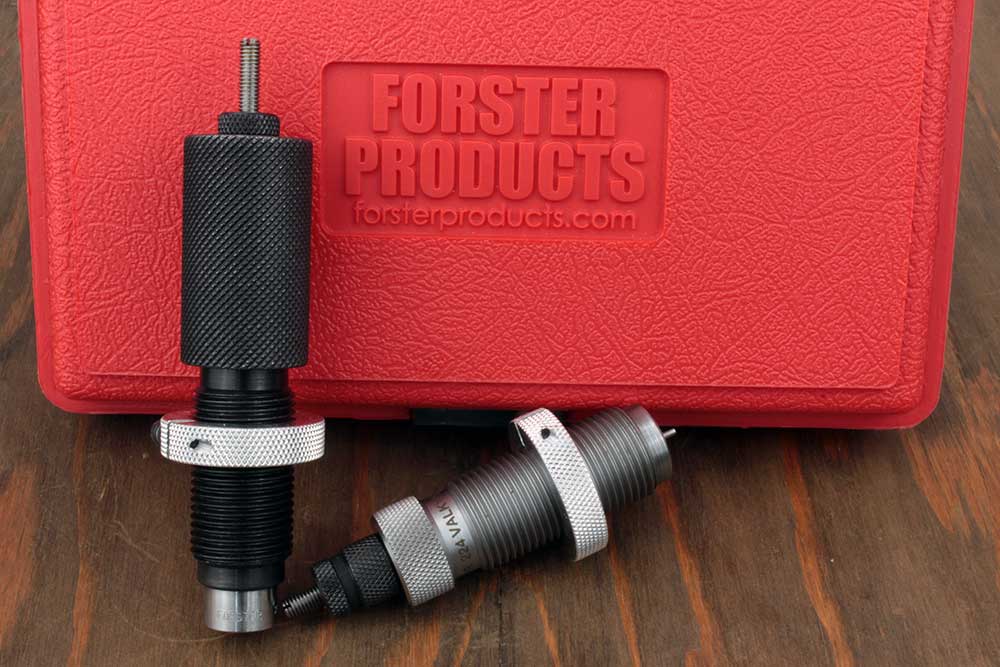
Whenever I find myself in that situation, I always think of one die: Forster. Forster has been around since before Vietnam and have developed a reputation for unsurpassed quality. The company's cryogenically-treated dies make them among the smoothest and most solid in the industry. Forster is also among the most recent manufacturers to enter the 224 Valkyrie arena, so the company has the most up-to-date specs on making tools to load it. Along with the die upgrade, we realized that we needed a new powder as well. Although I couldn’t find data supporting the use of Hodgdon H4350 with the 95-grain MatchKing, there was data with the 90-grain MatchKing. A quick call to some industry officials, and we confirmed that it would be safe, just as long as we adjusted the charge accordingly.
For our loading session, we ran with the same Federal Premium brass, again tumbled with our Lyman tumbler. After a very smooth full-length resizing, primer pockets were cleaned and reprimed with the same lot of CCI BR-4 benchrest primers. We loaded out H4350 in the usual .3-grain increments and set out to create seven loads ranging from 24.0 grains to 25.2 grains of powder. At my minimum charge, I felt the powder touch the base of the bullet when sat to the magazine length of 2.265. My next charges were all compressed, and we noticed that the powder was so tightly packed in our last few loads that we had trouble seating bullets to a consistent length. I was nearly certain that I wouldn’t be firing these loads, as this is almost always unsafe. After finishing up, I packed the rounds into an MTM box and hit the range for some testing.
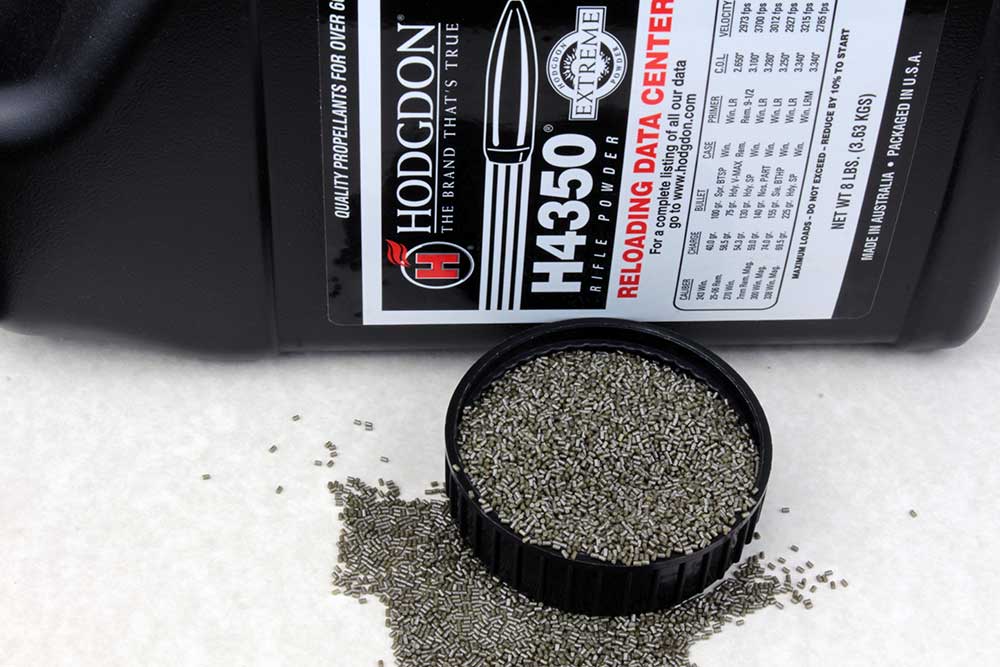
Our summer range day gave us much better conditions than our early-spring range day. With the temperature of the water nearly matching the temperature of the air, the wind was nearly absent. It’s a brief window of opportunity Long Islanders enjoy for a peaceful and serene day outside. With that knowledge, I quickly chambered a few burner rounds that I built with the minimum powder charge and confirmed my zero in the dirt.
After giving the barrel about five minutes to cool, I fired my first shot, which landed just about an inch from the bullseye. I fired a second and third shot, and eureka! I had the beginning of a one-hole group. Shots four and five landed just about a half-inch from the center of my three-shot group, leaving me with my first sub-MOA group with a heavy bullet. To ensure that I hadn’t just experienced a series of happy accidents, I continued my load development and fired the next four powder increments. Each group was slightly larger than the last, confirming that I started off on a node. My last five shots were the rounds loaded with 25.2 grains of powder.
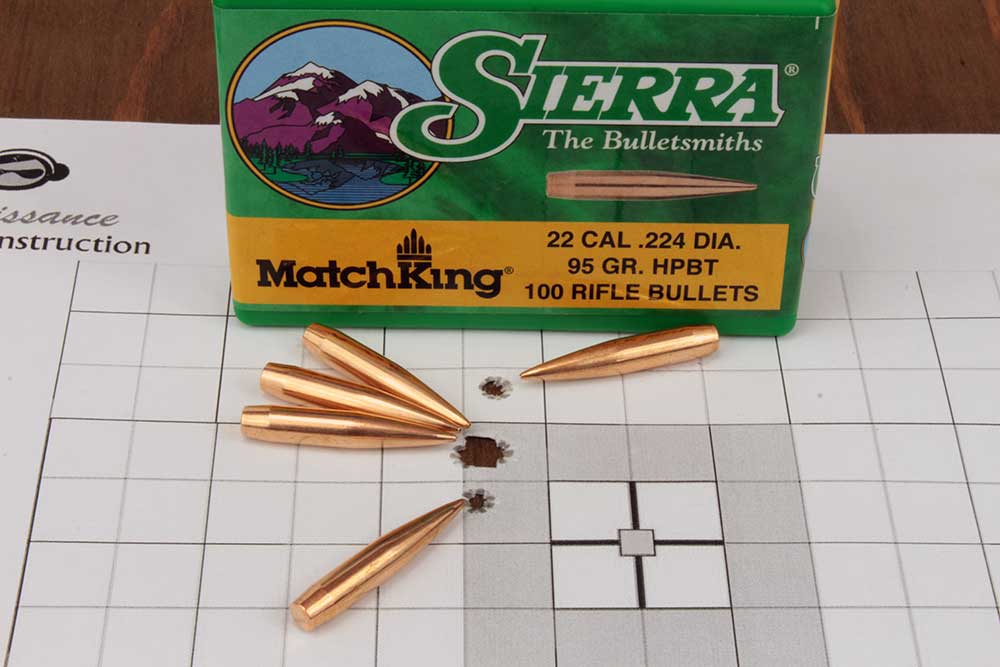
I decided to stop there, because my primers were starting to show signs of cratering, and the accuracy was atrocious. I live by the adage that safe ammo is accurate ammo and felt no need to push my limits, especially since I knew those loads were heavily compressed. I disassembled them with an inertia puller right there at the range and packed up my gear a happy man. Heading home, I reflected on the process that started during late winter and ended in early summer.
Although arduous, my trials with the 224 Valkyrie brought my reloading career to a new level. I may never make the change to 224 Valkyrie from my current long-range arsenal, but if I do, I will still pursue greater accuracy. The next step would be to try slightly smaller powder charges such as 23.9 and 23.7 grains, just to see if I was at the tail end of the node. After that, a little time playing with the overall length of the cartridge will likely alter the groups as well. This, my friends, is the handloader’s dilemma: should I shoot it as-is or keep tinkering? Because I KNOW it can be more accurate.












